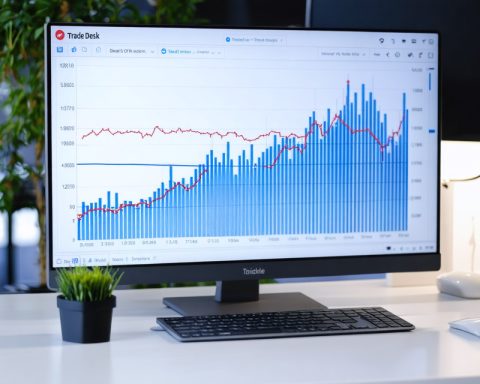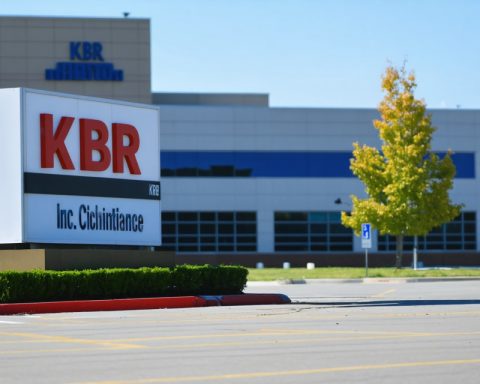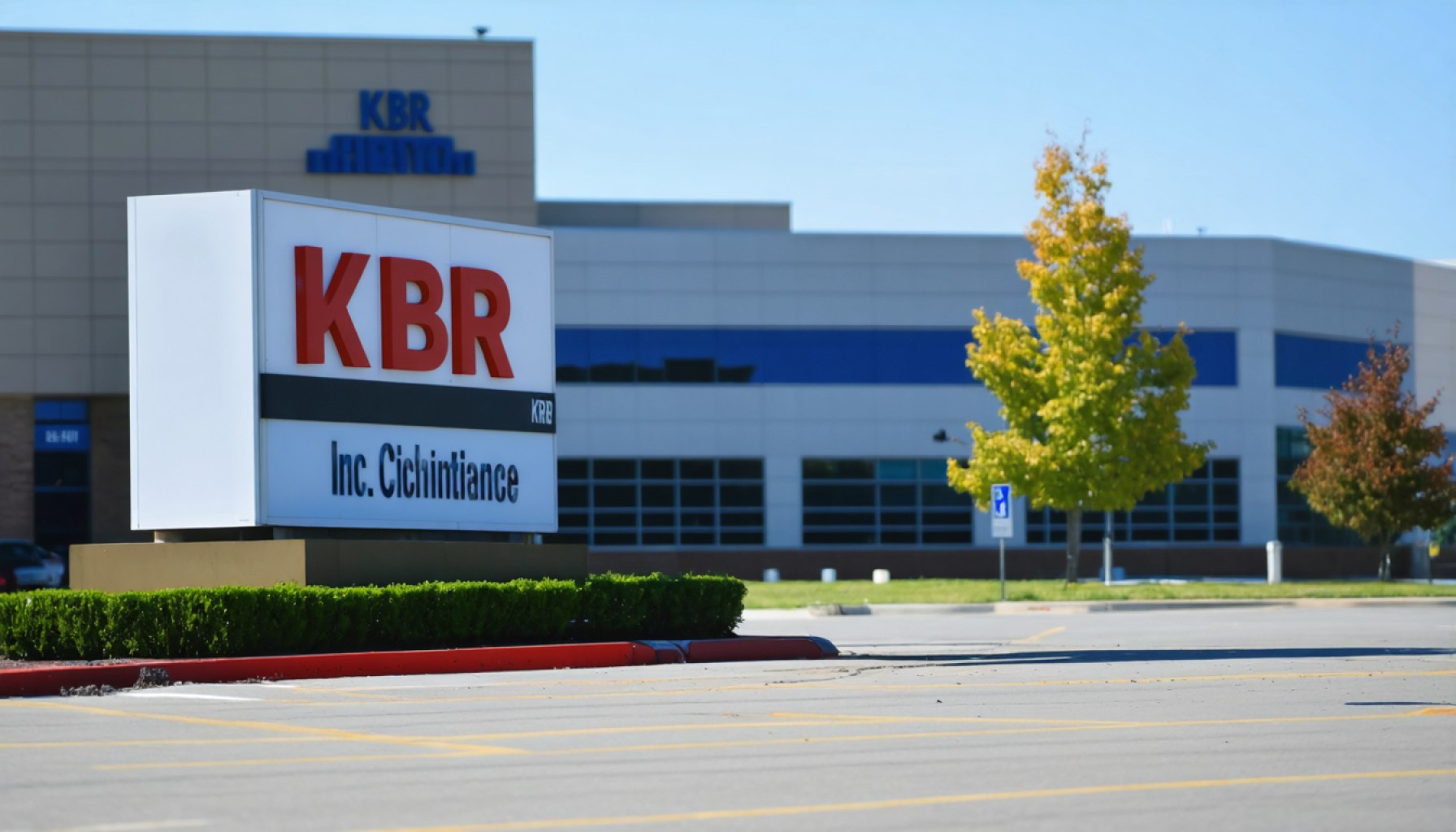- Avinger, Inc. faced financial challenges leading to its structured dissolution and asset liquidation.
- The company, known for its innovative catheter systems, was delisted from Nasdaq.
- Avinger’s story underscores the tension between innovation and financial prudence.
- This scenario emphasizes the volatile nature of the tech and medical device industries.
- Key lesson: Successful ventures require a balance of visionary ideas and robust financial management.
In the heart of Silicon Valley, the saga of Avinger, Inc. unfolds, weaving a narrative of innovation caught in the whirlwind of financial challenges. Once a beacon of hope with its cutting-edge image-guided catheter systems aimed at revolutionizing peripheral artery disease treatment, Avinger now closes its doors, leaving a poignant imprint on the entrepreneurial landscape.
Financial strain forced the company into a structured dissolution, as determined during a pivotal stockholders’ meeting. Its assets, passed to an appointed assignee, are set for liquidation to satisfy creditors, marking Avinger’s exit from the tech scene and its delisting from Nasdaq. This decision underscores the relentless tension between ambition and fiscal prudence.
As Avinger steps off Nasdaq’s bustling platform, it serves as a stark reminder of the industry’s volatile nature. The company’s journey echoes a timeless truth: that visionary ideas, while dazzling, are not immune to the harsh realities of economic demands. The unfolding scenario invites introspection on the delicate balancing act necessary to thrive in the competitive world of medical devices.
The story of Avinger highlights crucial lessons for aspiring innovators and seasoned entrepreneurs alike: dreams must be grounded in resilient financial foundations. The path to success demands unwavering dedication to both creative exploration and sound financial stewardship. As this chapter closes, readers are reminded to navigate ambition’s dual-edged nature with foresight and caution, embracing the intertwining of challenges within their own journeys.
Unveiling the Avinger Saga: Lessons from Innovation and Financial Strain
Key Insights and Lessons from the Avinger Story
1. What were the primary innovations introduced by Avinger, Inc., and why were they significant?
Avinger, Inc. was known for its cutting-edge image-guided catheter systems designed to revolutionize the treatment of peripheral artery disease (PAD). Their products, such as the Pantheris Lumivascular Atherectomy System, offered physicians the ability to see inside arteries in real-time during procedures, allowing for more precise interventions and potentially better patient outcomes. This innovation was significant as it aimed to improve standards of care in PAD, a condition that affects millions worldwide, and minimize procedure risks compared to traditional methods.
2. What factors led to Avinger’s financial struggles and ultimate closure?
Despite its technological advancements, Avinger faced several challenges that led to its financial decline. Key factors included high operational costs, competitive pressures in the medical device industry, and insufficient revenue growth to support its ambitious R&D initiatives. Additionally, broader economic conditions and the need for substantial investment to scale its technology further strained its financial resources. These pressures culminated in a significant financial strain, necessitating a structured dissolution and liquidation of its assets to satisfy creditors.
3. What are the implications of Avinger’s closure for the medical device industry and future innovators?
Avinger’s exit from the Nasdaq and the subsequent liquidation of its assets underscore the volatile nature of the medical device industry. It highlights the critical importance of balancing innovation with financial sustainability. For future innovators, Avinger’s story serves as a cautionary tale about the necessity of building resilient financial strategies alongside technological development. It emphasizes the importance of strategic financial planning, understanding market dynamics, and being prepared for shifts in economic conditions to ensure long-term success and stability.
Additional Insights and Market Analysis
– Market Trends: The closure of Avinger does not diminish the continued growth of the medical device market, which is expected to reach new heights due to increasing demand for minimally invasive procedures and innovations in imaging technologies.
– Innovation and Competition: The competitive landscape remains intense, with new entrants focusing on AI-powered diagnostic tools and enhanced real-time imaging capabilities to gain an edge.
– Financial Stability: Investors and companies are increasingly scrutinizing financial models to ensure sustainable growth strategies, reducing risks associated with high burn rates and inadequate revenue streams.
– Future Opportunities: There is scope for collaboration between tech companies and healthcare providers to develop robust, integrated systems that can withstand market pressures and meet clinical needs effectively.
For more information on navigating the complexities of innovation and financial management in tech and healthcare sectors, visit the Silicon Valley Bank, a key financial institution supporting technology and life sciences companies.









